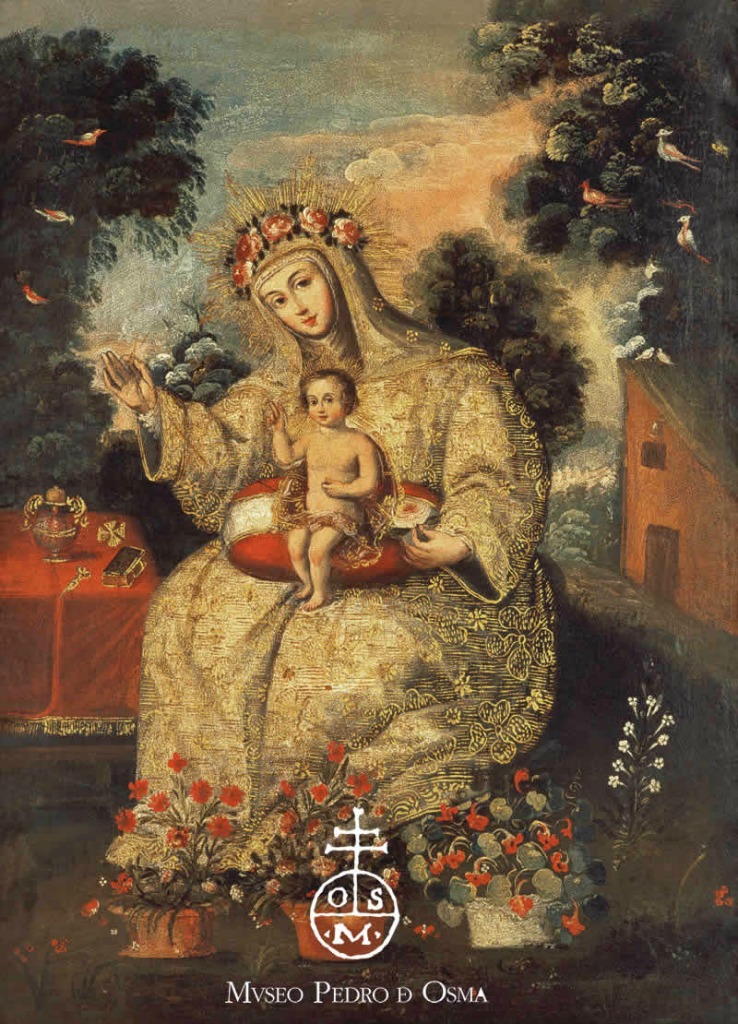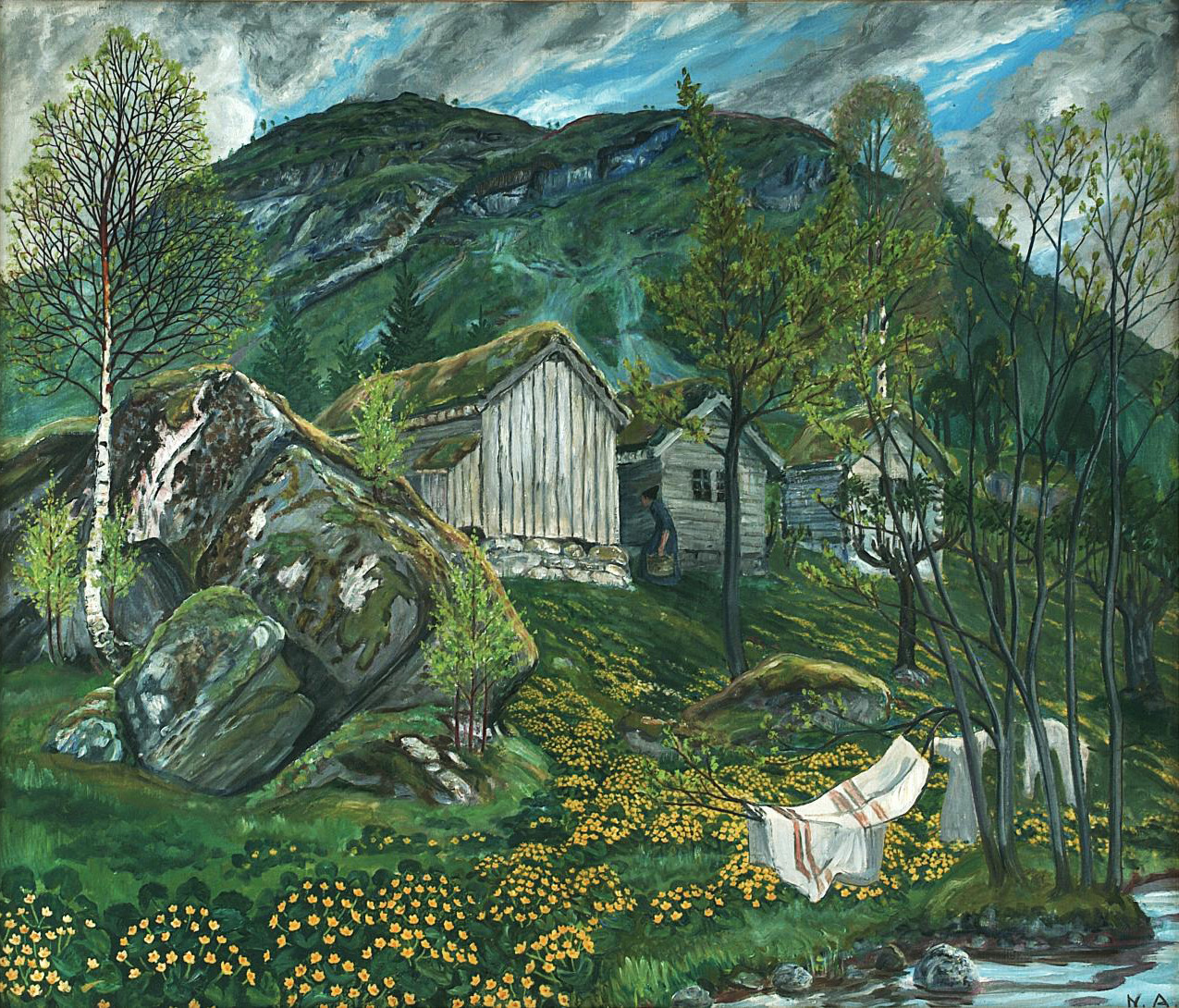via
L'École de Cuzco (escuela cusqueña) est un mouvement artistique catholique qui s'est développée dans le vice-royaume du Pérou au cours des XVIe et XVIIIe siècles, et notamment à Cuzco (ancienne capitale de l'Empire inca), mais également dans d'autres villes des Andes, en Bolivie et en Équateur.
The Cuzco School (Escuela Cuzqueña) was a Roman Catholic artistic tradition based in Cusco, Peru (the former capital of the Inca Empire) during the Colonial period, in the 16th, 17th and 18th centuries. It was not limited to Cuzco only, but spread to other cities in the Andes, as well as to present day Ecuador and Bolivia.
La flagellation du Christ, ou le Christ à la colonne est un épisode néo-testamentaire de la Passion de Jésus raconté dans les Évangiles qui a donné lieu à de nombreuses représentations artistiques : tableaux, fresques, sculptures, etc. depuis le début de l'ère chrétienne.
La flagellation a lieu avant la montée au Golgotha. La colonne contre laquelle le Christ fut flagellé est l'un des instruments de la Passion ou Arma Christi et plusieurs églises revendiquent de posséder un morceau de cette colonne, dont la basilique Sainte-Praxède à Rome.
Cet épisode est le sujet de la sixième station du chemin de Croix scripturaire préconisé par le pape Jean-Paul II pour les catholiques.
Très rares sont les représentations du Christ comme celle de notre tableau, à ce jour seules 3 ont été recensées en Europe.
L’iconographie du Christ en Croix portant un pagne long, entouré de quatre cierges et de grands bouquets de fleurs colorées correspond au style de l’école de Cuzco au XVIIe siècle. Il s’agirait d’une représentation syncrétique entre une iconographie chrétienne et des éléments de décor incas.

















































